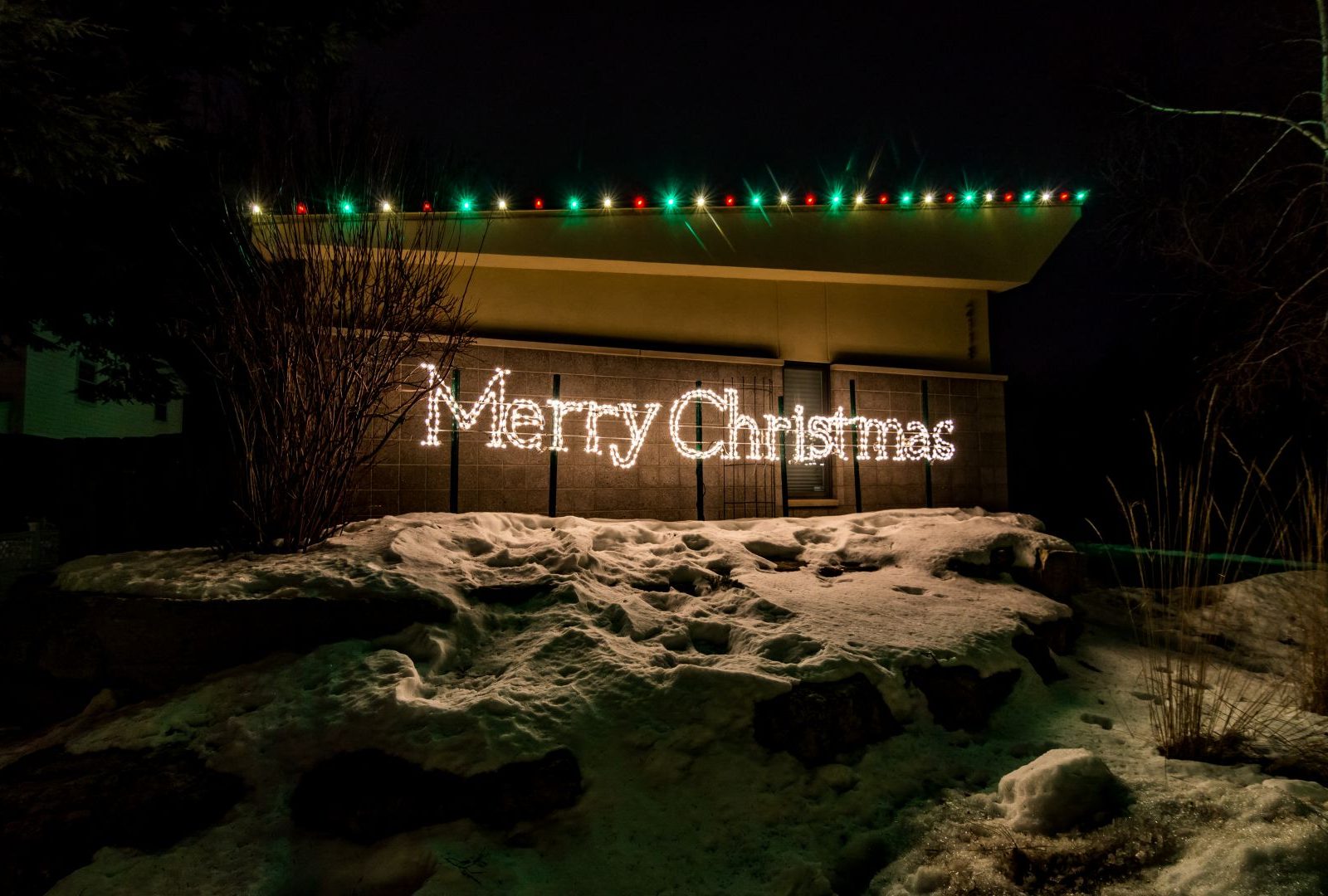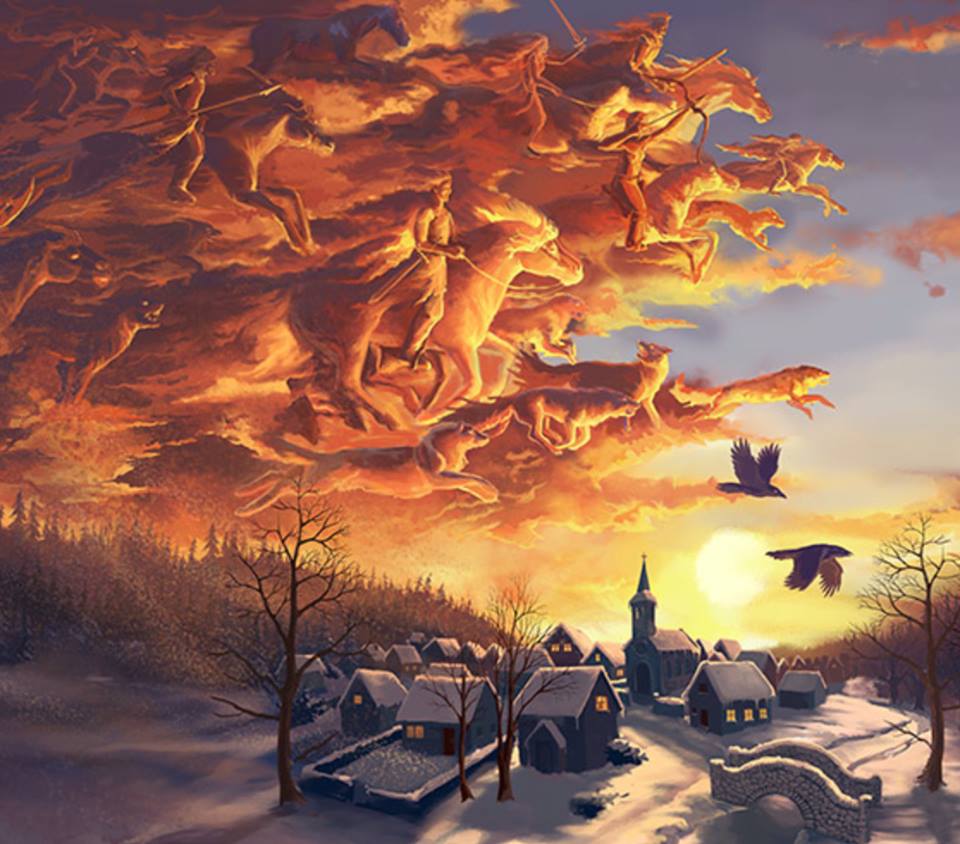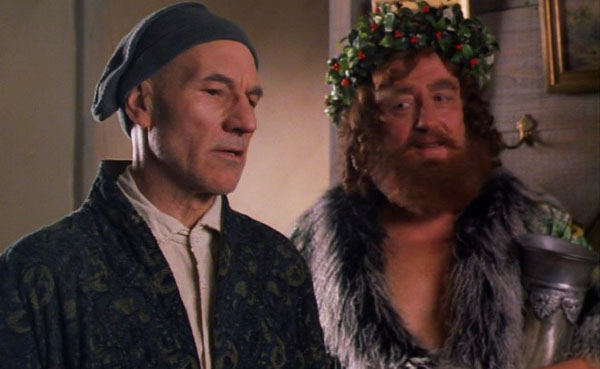The History of Christmas: A Not So Recent Holiday

Over the past month or two we have posted quite few topics about the Christmas holiday. From talking about the most spectacular Christmas light displays in the U.S, to some simple ways you can put yourself in the holiday spirit, we have covered the holiday significantly.
Even though we have talked a lot about Christmas, we haven’t really touched on its origins or why it is a holiday in the first place. Not only is Christmas the most popularized holiday, it also the most widely celebrated holiday in the U.S (including both religious and non-religious celebrations).
Why Is Christmas Celebrated?
For millions of people in the U.S and the world Christmas is both a sacred religious holiday and a global cultural phenomenon. For more than two millennia, people across the world observe the holiday with traditions and customs that are both religious and secular.
The Christian religion celebrates Christmas Day as the yearly anniversary of the birth of Jesus Christ (Jesus of Nazareth), who is the spiritual leader of the religion. Popular customs on Christmas include exchanging gifts, decorating Christmas trees, attending church, and sharing meals with family and friends. Since 1870, Christmas Day has been recognized as a federal holiday in the U.S.
Christmas As An Ancient Holiday
The middle of winter has long been a time of celebration for people around the world in many ways. Hundreds of years before the the arrival of Jesus of Nazareth, Europeans recognized and celebrated light and birth in the darkest days of winter. For many people, the winter solstice was a time of celebration when the worst of the dark winter days were behind them and they could look forward to longer days with extended periods of sunlight.

The Norse people in Scandinavia celebrated Yule from the winter solstice (December 21st) through January. To recognize the the return of the sun and longer days, fathers and sons would bring home large logs, which would then be set on fire. People would then feast until the log burned out which could take as long as 12 days. The Norse people were firm believers that every spark that came from the fire represented a new pig or calf that would be born during the coming year to help support them.
Modern Day Christmas
Christmas as we know did not become popularized in the U.S and many other western countries until the early 1800s when Charles Dickens authored his novel A Christmas Carol. The novel’s message of the importance family, friends, and giving towards others spoke to many people in the United States and England. The novel also painted a positive picture of the holiday to the Victorian elite and convinced them to embrace Christmas celebrations.

A Christmas Carol – TNT
Americans quickly embraced Christmas as the perfect family holiday and looked towards recent immigrants and the Catholic and Episcopal Churches to see how the day should be celebrated. In the next 150 years that followed, Americans morphed Christmas into a holiday all their own that included borrowing pieces of many other customs, including decorating Christmas trees, exchanging gifts, and enjoying large meals with friends and family.
Regardless of its historical origins and influences, Christmas will most likely always remain the most popular holiday of the year. However, throughout the holiday’s evolution one thing about Christmas has always remained; Christmas is about giving and spending time with the people closest to you.
Follow us on Facebook, Instagram, and Twitter to stay up to date with our thoughts on the holiday and how you can decorate your home with the perfect Christmas lights.




